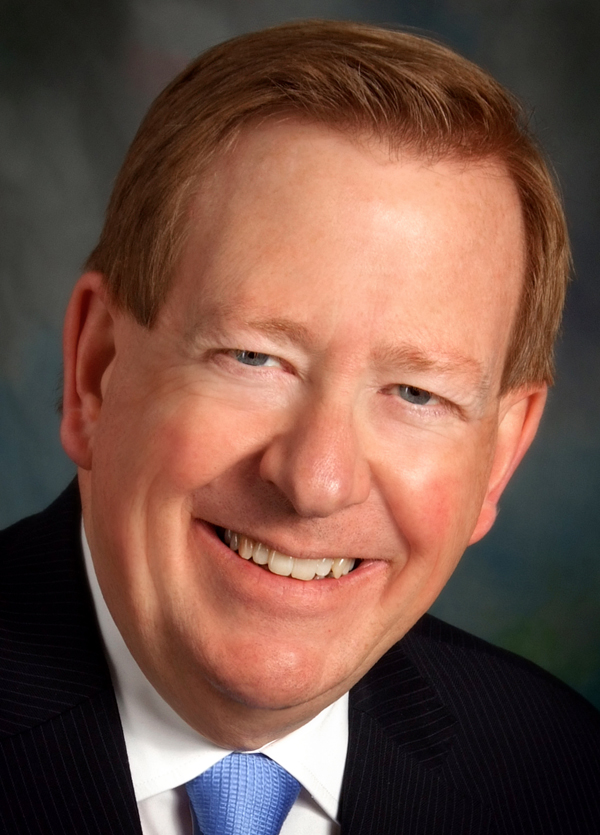By Adam Aasen
Carmel Mayor Jim Brainard said he’s hopeful that a proposal can be presented soon for the city’s long-anticipated Midtown Plan.
But some City Council members still believe any next step is a ways away.
The Midtown Plan is a $100-million project that would connect the Carmel City Center with the Carmel Arts & Design District with retail and residences along a remodeled Monon Trail.
The development would be a public-private partnership involving Pedcor, the company behind the City Center, and Old Town Design Group, which is responsible for most of the new homes just north of Main Street.
Brainard said there are two development proposals “about ready” to come to the council.
“The public can’t wait to see it,” he said. “They want to see the Arts and Design District and City Center connected with redevelopment. They are tired of seeing empty industrial buildings. They want the city to be beautiful and they want to be able show off the nice downtown when friends and relatives visit. The public has been very clear about what they want.”
Although there might be a coffee shop and other stores, Brainard said he doesn’t expect a big anchor tenant such as a big recognizable restaurant. He expects it to be mostly residential with some offices.
“I don’t think they are looking at a lot of retail in the Midtown area,” he said. “We want to watch the amount of retail that we have because the two retail centers are meant to be the City Center and the Arts and Design District. We don’t want to cannibalize those two areas.”
Debate has always stalled when it comes to how much of the funding is “public” – such as tax subsidies or city-backed bonds – and how much would come from the private developers.
Some City Councilors seemed reluctant to create any new financial obligations in light of a recent report from Umbaugh & Associates that projected shortfalls of $43 million in tax increment finance (TIF) revenue over the life of city redevelopment bonds. Officials contend they have enough money to cover the shortfall from a reserve account set up from the old Parkwood TIF fund.
The Umbaugh report has sparked considerably debate that characterizes any discussion of new development projects such as Midtown.
City Councilor Rick Sharp said he interprets the report as saying the city is probably unable to begin any large new projects. He believes that the projections be hopeful in counting on so much reserve money from the Parkwood fund. Successful appeals often decreases the amount of TIF collected.
At the same time, Brainard believes the city’s debt situation is solid. He believes the Umbaugh report is conservative because it doesn’t account for any increase in assessed value in TIF projections, which he says is unlikely.
Recently, the City Council approved a 75-25 split of TIF revenue for a project near the Old Meridian roundabout. The developer would receive 75 percent of the TIF money to pay off developer-backed bonds that don’t present a risk for the city. It’s believed that this could be a model for projects such as Midtown Plan.
City Council President Eric Seidensticker said he’s not sure a plan such as that would work.
“The tough part is balancing it with the obligations that we have now,” he said. “We need TIF revenue to pay off our existing debt. I don’t believe we can just pull numbers out of the air. The reality is that the TIF collections compared to the TIF bond obligations are short. “
Brainard argues that the TIF-funded infrastructure improvements – such as parking garages – increase the property value to the degree where he feels that the 25 percent share of the TIF money would at least equal what the city would receive without the improvements.
To begin the Midtown plan, public infrastructure improvements would include a parking garage and adding another path for the Monon Trail to improve traffic flow.



